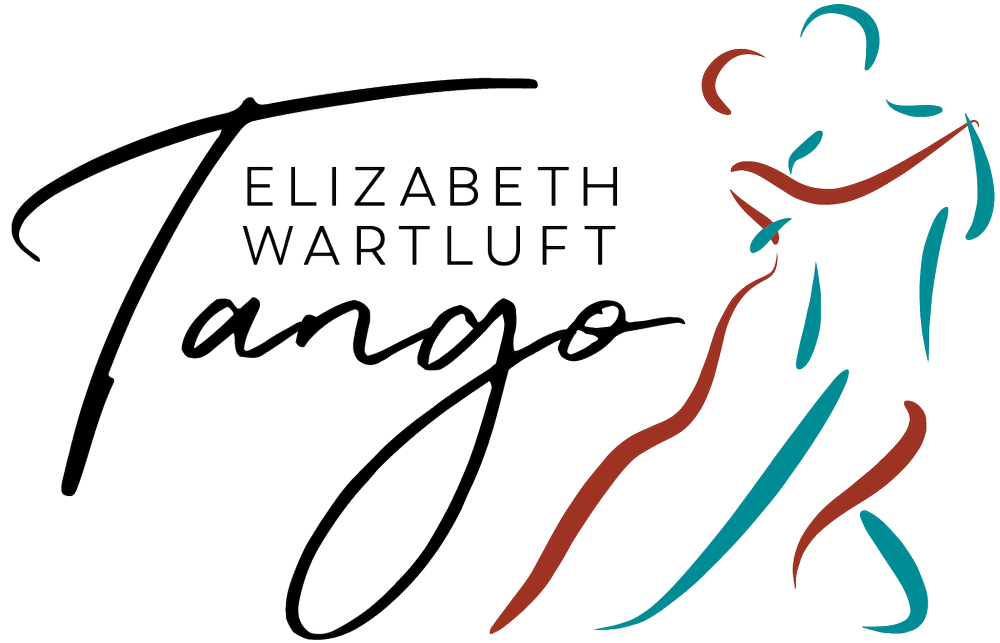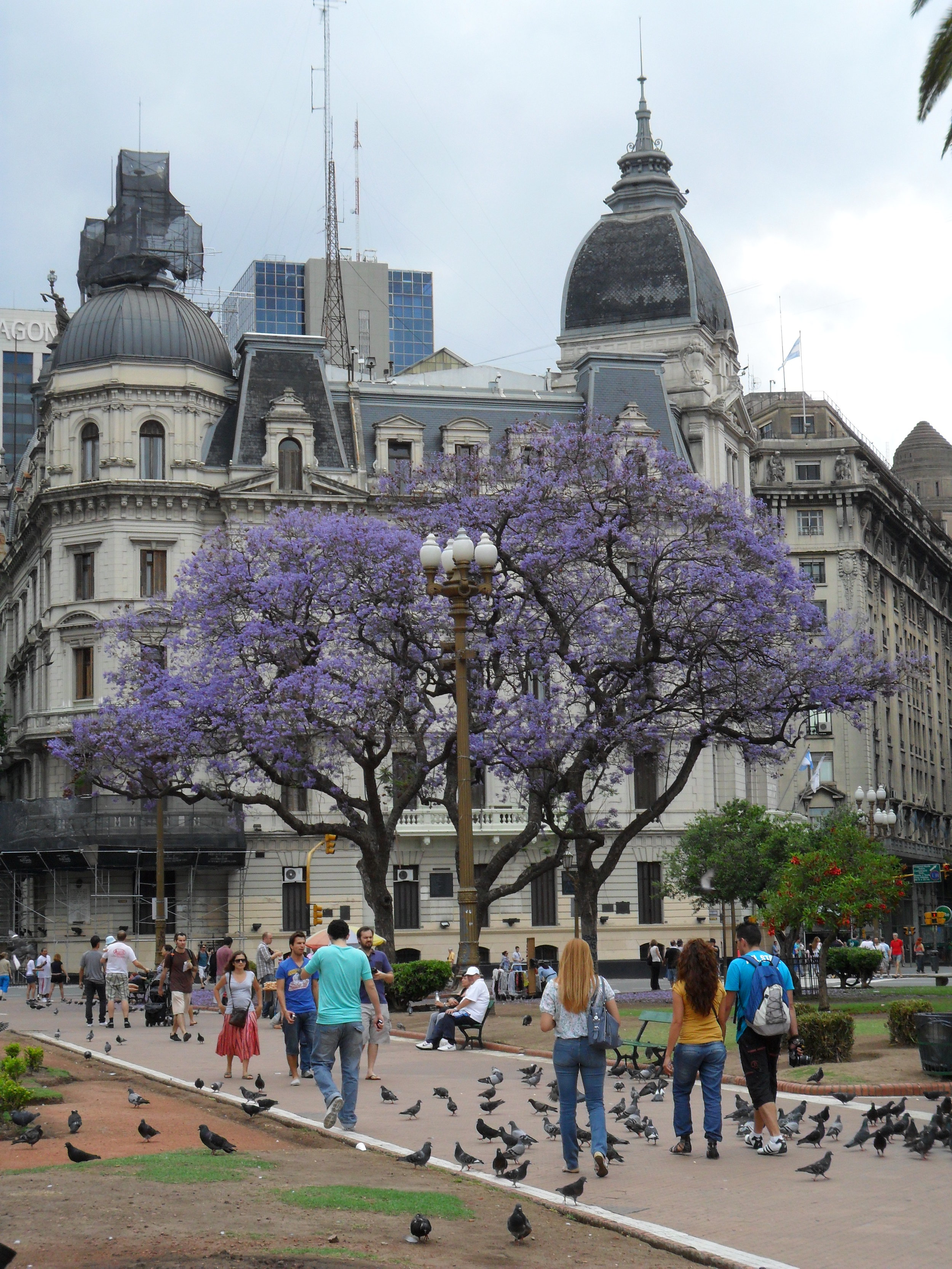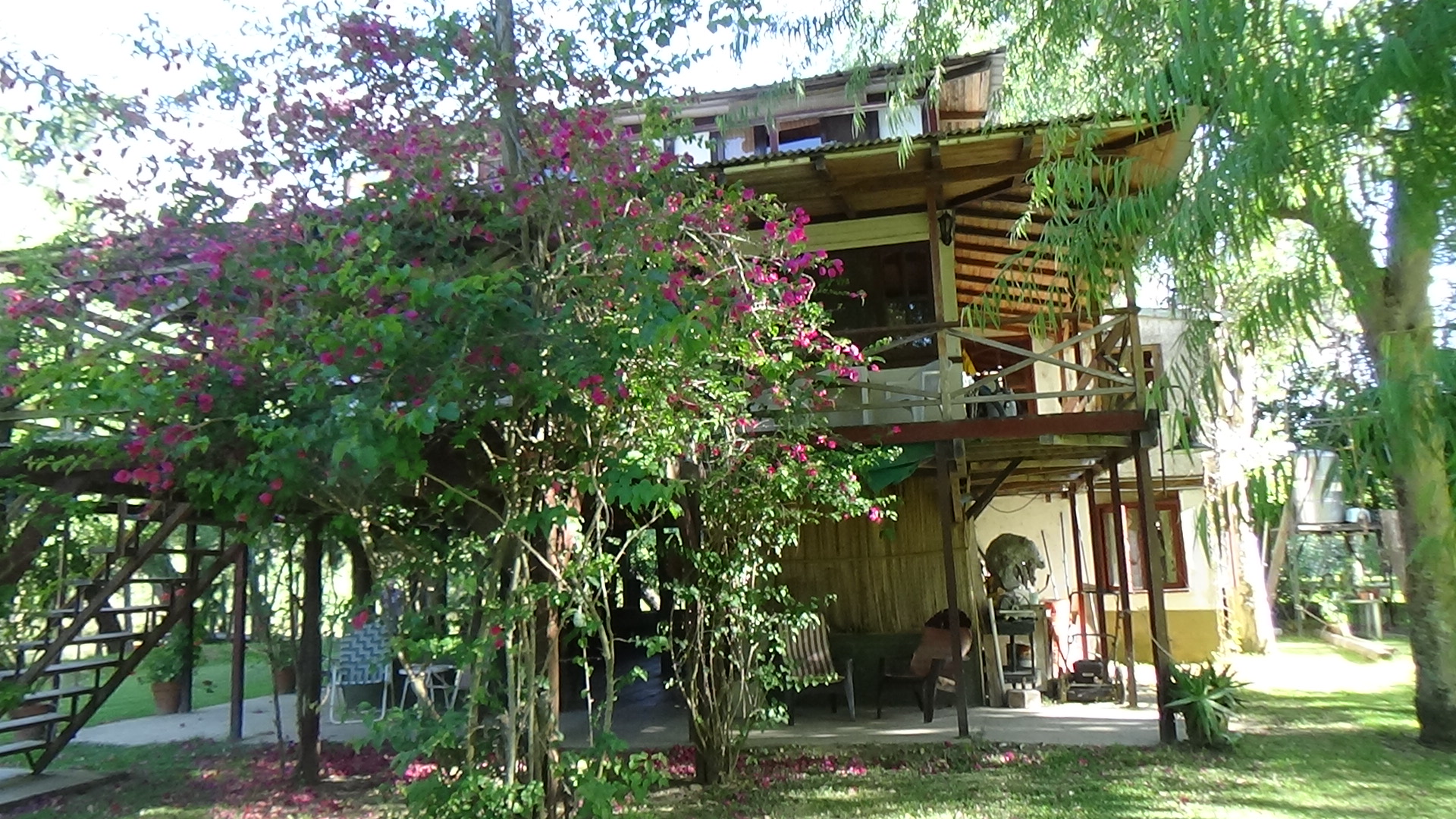Many people have asked me how to relieve their lower back pain from dancing tango. Part of the answer I addressed in the "Heels up vs. down" post and video last year. Correcting how you use your pelvis and iliofemoral joints (hip joints) will also make your dance pain-free and beautiful at the same time. Efficient movement looks better and feels better!
Walking, pausing and balance
Tango differs from normal walking in that you must be ready to change directions at the end of each step. Yes, you might take a few steps before doing something else, but you need to be prepared at all times to avoid other dancers, deal with your balance and your partner's balance, and to respond to inspiration.
The reinitiation of movement after each step feels like a heartbeat to me. The movement is not continuous, but has a pulse with each new step. The observer may not see the "stop" after each step, but the dancers have a split second at least where they could stop, or simply begin the next step from a more balanced position.
The best way to be prepared, is to train yourself to arrive on balance after each step. Both feet should be able to land under your body, with the free leg relaxed and the support leg strong but not tense. This means that your head, ribs, back, hips and legs need to be stacked up and aligned to avoid using extra muscle wear and tear.
I find it helpful to think about how your inner thighs and gluteal muscles hug UP into your pelvic floor. Then, think about how your abdominals and back muscles hug your body DOWN into your pelvis. You are always in upper-body/lower-body alignment every step you take: this is the ideal. How you line your pelvis up with your feet and legs, helps you maintain this ideal balance.
Side-to-side (pendulum) motion at the sacrum
When you walk normally, your pelvis adjusts from one leg to the other to allow your upper body and head to move smoothly. Put your thumbs on your sacrum, right at the base of your spine where it connects to your pelvis. Now, walk "normally" (which seems to be very hard to do while we are thinking about it!). Can you feel how your pelvis tips slightly side-to-side? This is normal and we want it in tango.
The amount of pendulum will vary depending on the pelvis. Men have narrower hips, so the movement will be slighter. Women with wide hips will tip more than women with narrow hips; but still more than the average guy. We are not trying to add extra movement here: a small amount is efficient and helps with balance. This is NOT the time to drag out your ballroom "Latin motion" hips! What is the smallest movement that works here?
Note: some people have been taught not to move their hips. If the adult who raised you walked with stiff hips, you will probably also do so; we learn from the adults who parent us. Or, a dance teacher might have told you to hold your hips parallel or flat while moving; this is just not good for you! Time to learn/relearn efficient movement.
If you have had any injuries that make you clench your lower spine or pelvic muscles, you may be fighting your own body in an effort to avoid pain. This movement should NOT create any pain: have your doctor/PT/chiropractor check that you are moving well.
Front-to-back hip tip
I've been discussing hip placement with my chiropractor, physical trainer and Pilates teacher recently. Why is the motion for tango different than for strength training? The answer: tango needs the body to be able to rotate at the hips or the torso A LOT more than in daily walking and running. It's about mobility, not stability. Therefore, there is a tiny bit more tip at the hip joints to facilitate that readiness to move, while remaining as stable as possible at the same time. Whew!
Grab your butt
Those of you who have been in lessons with me know what I'm going to say here. In order to find how your hip joint works, grab your sitz bones (your ischial tuberosities if you prefer), and tip yourself over from there (don't arch your back). This should make your lower back feel broad and relaxed, allowing for more rotation when needed.
Another way to find the best position for your hip, is to grab your sitz bone and the front of your hip where it folds, next to your pubic bone. Let your hands tip you forward and backward, feeling for a release of the ligament in the front of the hip. You want to be in the zone between these points, not too far forward and not too far back.
When you get your pelvis out of that tight mode of hanging out on your front ligaments, it recruits your deep abdominals, your psoas, your pelvic floor--all the parts that allow you to suspend your upper body over your lower body, but in a way that allows movement IN ANY DIRECTION.
Share the work
Remember: Let your muscles hug your bones. Let all of your joints share the weight/stress of moving so that no one part is doing all the work. If you have a problem area (knee, ankle, etc.), spread that work out away from the weak spot.
Along with spreading the work out, try to use as little work as possible to maintain correct posture and motion. That way, you always have something left to save you if you fall, protect you from a difficult partner; or to play with when you get a partner where you can really cut loose!
Get your hips in the right position, keep them within the margin of error that allows for adjustment. Let your pelvic floor and deep abs lift. Let those butt muscles work for you. Focus on efficient, beautiful motion, and you will have a powerful tango.
Check out my YouTube channel
I put tango how-to videos up as I have time. I have not had time to put up a walking video, but there are videos on pivoting and turning, as well as milonga drills. There are also exercise, including hip openers. All of them focus on correct movement, and you can watch the hip motion and work on yours. Mine is not perfect, but we are all working on improving!
Esther Gokhale and walking
I also have a playlist about walking and posture from Esther Gokhale's work (she is my hero)! As she says, "If it were not behind you, we would call it something else!" I will add to this playlist as I find new information from her.
BE INSPIRED!





